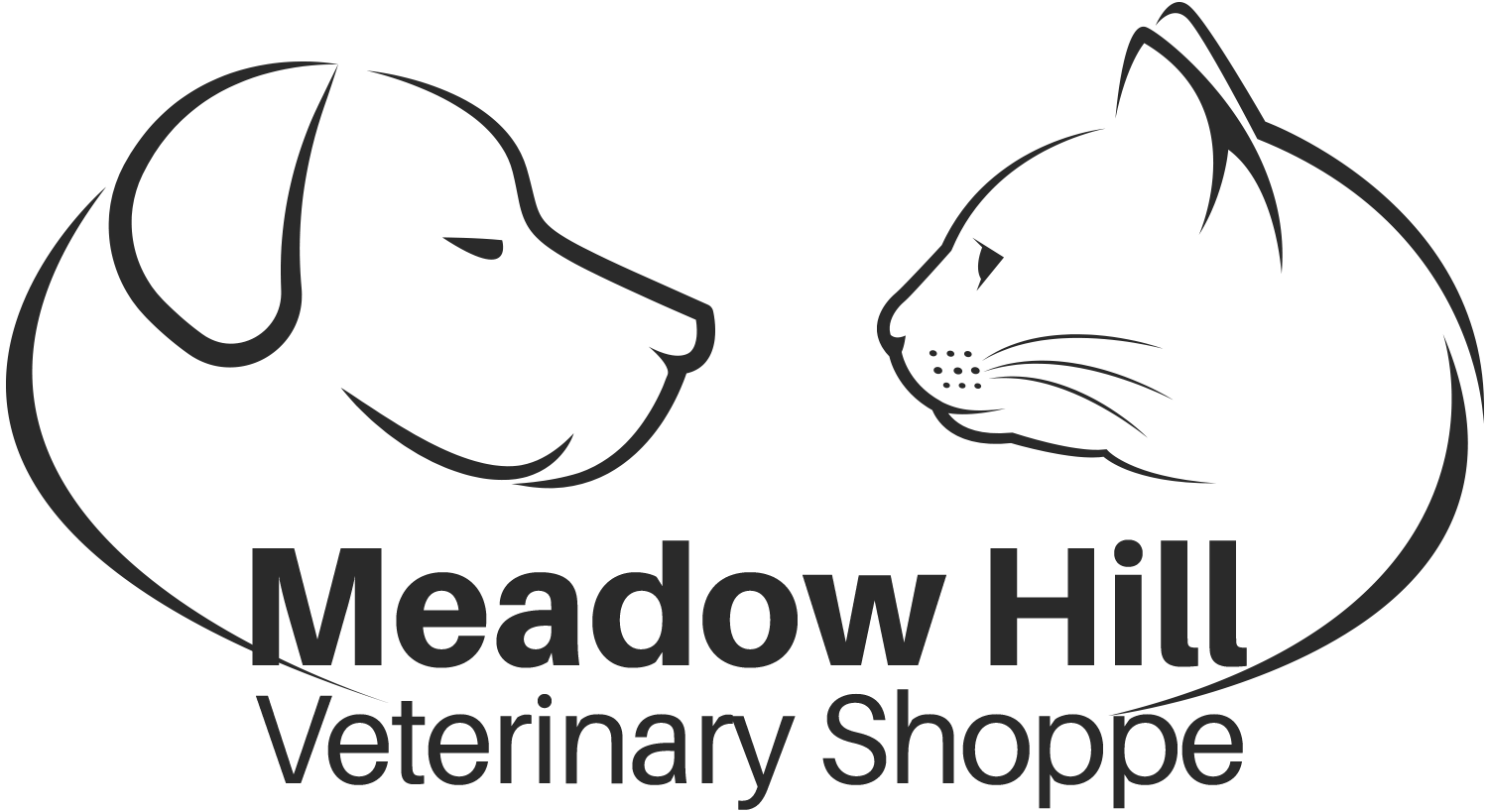Library
-
Asthma or bronchitis is a fairly common condition affecting cats. It occurs as a result of the airway being hypersensitive to certain stimuli, resulting in airway constriction, excess mucus production, and air trapping. Diagnostics include a physical exam, blood tests, x-rays, bronchoscopy, and bronchial or tracheal lavage. As asthma cannot be cured, treatment is aimed at the management of the disease using a combination of steroids and bronchodilators. Adjunct treatments include modifying the environment to reduce exposure to the noxious stimulus, hypoallergenic diet trials, and acupuncture.
-
If your cat has been diagnosed with feline asthma, it is important that you follow the treatment instructions that have been determined specifically for your cat. This handout is to be filled in by your veterinary team.
-
Ataxia means incoordination within the nervous system. There are several forms of ataxia, depending upon where in the nervous system the abnormality occurs. The most common sign of ataxia is an abnormal, unsteady gait. Treatment of ataxia will be influenced by the root cause. Pain management, supportive care (such as anti-nausea medication), and creating a safe environment (e.g., preventing access to stairs) are cornerstones of ataxia treatment.
-
Atenolol is used off label and given by mouth to treat certain heart conditions in dogs, cats, and ferrets. Common side effects include tiredness and stomach upset. Contraindications include hypersensitivity to beta-blockers, heart failure, heart block, low heart rate, or certain lung disease. If a negative reaction occurs, please call your veterinary office.
-
This handout summarizes atlantoaxial (AA) luxation, a condition in which instability or excessive movement is present between the first two vertebrae within the neck. This instability causes pressure on the spinal cord. Atlantoaxial luxation can be caused by trauma, hereditary factors, or a combination of both.
-
This handout discusses atopic dermatitis (atopy), a form of allergic skin disease brought on by an abnormal response to allergens in the environment. The clinical signs, diagnosis, and treatment are outlined.
-
Atopivet® topical products are formulated to help maintain a healthy skin barrier and support skin health in cats and dogs. These skin care products are available over-the-counter in the forms of a mousse, spot-on, and skin-care collar.
-
Atovaquone is given by mouth and is used off-label to treat protozoal infections. Give as directed. Side effects are uncommon but may include stomach upset or skin rash. Do not use in pets that are pregnant. If a negative reaction occurs, contact your veterinarian as soon as possible.
-
Atrial fibrillation describes rapid contractions or twitching of the heart muscle, specifically in the atria. In cats, atrial fibrillation occurs secondary to heart disease. The signs that are observed are often related to that underlying condition, and may include exercise intolerance, cough, or difficulty breathing. Signs, treatment, and outlook are discussed.
-
Atrioventricular (AV) valve dysplasia is a developmental malformation of the mitral or tricuspid valve in the heart. Signs include exercise intolerance, accumulation of fluid in the abdomen, weight loss, and stunted growth. Difficulty breathing or collapse may occur if congestive heart failure develops. Treatment of AV valve dysplasia is focused on managing signs of congestive heart failure and/or disturbances in heart rhythm, generally using medications.

